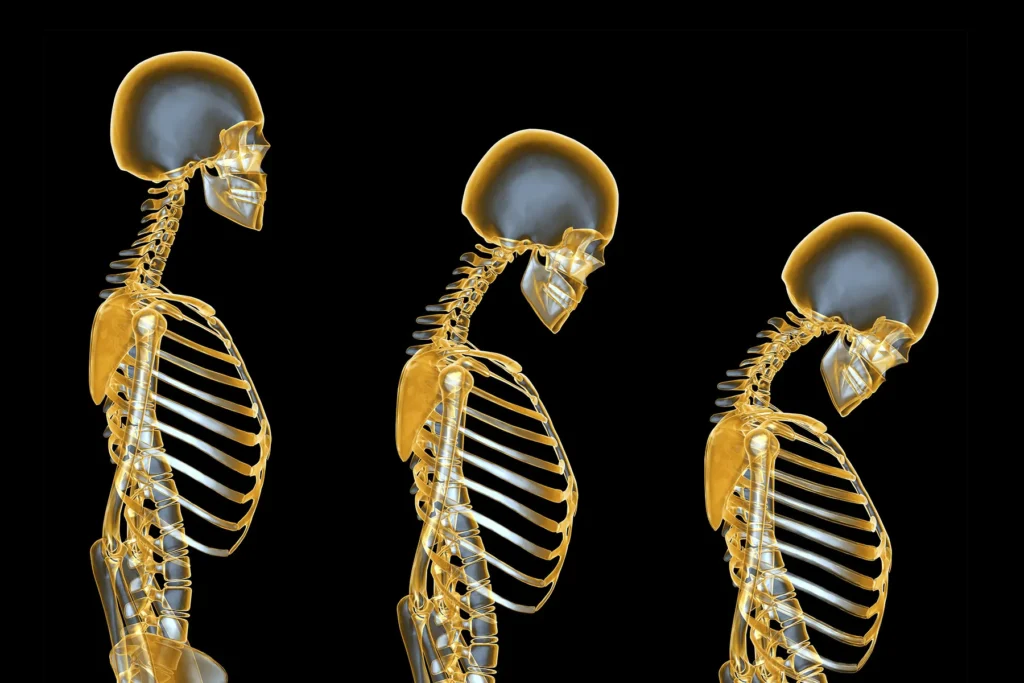Recent discussions among senior joint-replacement specialists have highlighted a significant difference in bone quality between people from South Asia and those from Western regions. Experts report that individuals from South Asia often have weaker and more worn-out bones, making them more vulnerable to conditions such as osteoporosis and advanced knee damage.
Higher Levels of Bone Deformities
According to specialists who have studied knee-replacement trends across regions, bone deformities tend to appear more frequently and more severely in South Asian patients. Surgeons note that knee joints in this population often show extensive wear, making surgical procedures more complex. In comparison, similar deformities are reportedly less common elsewhere.
Additionally, surgeons observe that the average knee structure in Western populations is often larger and comparatively less damaged at the time of surgery. This difference influences the surgical approach and the tools required during procedures.
Delayed Medical Intervention
Experts explain that patients in South Asia often postpone joint-replacement surgery until their condition becomes extremely severe. Many individuals attempt to manage knee pain for years before opting for surgical treatment.
In contrast, people living in Western regions tend to view knee-replacement surgery as a standard and timely solution when conservative treatments fail. This difference in mindset contributes to the large variation in the number of surgeries performed annually.
Past Medical Misguidance
Some specialists point out that earlier, when knee-replacement surgery was newly introduced, a few patients were advised to undergo the procedure even when it was not clearly necessary. These past incidents created hesitation and fear among the public, causing many to delay surgery despite growing discomfort.
This hesitation, combined with long-term wear and untreated conditions, often results in poorer bone quality by the time patients finally seek medical help.
Role of Physical Activity
Experts consistently emphasize the impact of lifestyle on bone strength. Many people in South Asia reportedly have limited physical activity, which weakens bone density over time. Regular movement, strength-building exercises, and a more active routine can help improve bone health.
In contrast, people in certain Western regions tend to participate more frequently in gym workouts, running, or structured fitness programs. This routine contributes to stronger, denser bones.
Surgeons also note interesting practical differences: for example, the same surgical tools used for multiple operations in South Asian patients often need replacement after each procedure when used on Western patients because of the higher bone density.
Growing Interest in International Patients
Medical professionals also foresee an increasing number of patients from various parts of Africa choosing to travel abroad for joint-replacement procedures. Limited healthcare infrastructure in some areas encourages individuals to seek treatment elsewhere, presenting opportunities for the medical tourism sector.
Cost Comparison
The financial aspect is another major factor influencing patient decisions. A knee-replacement procedure performed in some Western countries can cost several times more than the same surgery in South Asia. This significant price difference continues to draw international patients toward more affordable options without compromising surgical quality.
Conclusion
Always consult with your doctor or a healthcare professional before making any major changes to your diet, lifestyle, or medical routine. They can offer personalized advice based on your current health condition and medical history. Note – If you have any health-related concerns, please call us at +91-9058577992 to receive free consultation from our experienced doctors. Thank you
